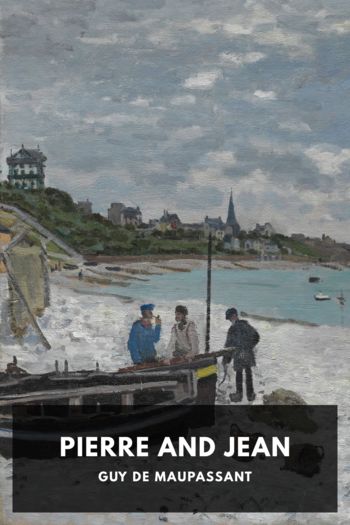Genre - Other. You are on the page - 624

Description Initially published in The Strand Magazine, which explains its episodic nature, Five Children and It was later collected into a book. Like many of E. Nesbit’s works, it has proven popular with children and adults to this day. It has been adapted into a TV series, a musical, a film, and even an anime series. In this story, five siblings encounter an ancient magical creature in a gravel pit. The Psammead, as it calls itself, grants each of them a wish per day, with the restriction

Description In the time of a devastating pandemic, seven women and three men withdraw to a country estate outside Florence to give themselves a diversion from the death around them. Once there, they decide to spend some time each day telling stories, each of the ten to tell one story each day. They do this for ten days, with a few other days of rest in between, resulting in the 100 stories of the Decameron. The Decameron was written after the Black Plague spread through Italy in 1348. Most of

Description The sons of the Roland family, Pierre and Jean, return home in the lull between the completion of their studies and the start of their professional careers, bringing the Roland family back together again, in a way. This peace, though, is broken when the younger brother Jean is left a life-changing inheritance by Maréchel, an old family friend—and Pierre is left with nothing. Despite the happiness in the rest of the family, unanswered questions start gnawing at Pierre. Pierre and

Description Quo Vadis: A Narrative of the Time of Nero was first published in Polish as Quo vadis. Powieść z czasów Nerona. Among Henryk Sienkiewicz’s inspirations was the painting Nero’s Torches (Pochodnie Nerona) by fellow Pole Henryk Siemiradzki; the painting, which depicts cruel persecution of Christians, serves as the cover art for this ebook edition. Sienkiewicz incorporates extensive historical detail into the plot, and notable historical figures serve as prominent characters, including

Description In this short novel, Tolstoy fictionalizes the final days of Hadji Murád, a legendary Avar separatist who fought against, and later with, Russia, as the Russian Empire was struggling to annex Chechnya and the surrounding land in the late 1840s. The novel opens with the narrator finding a thistle crushed in a blooming field, which reminds him of Hadji Murád and his tragic tale. As the narrator recounts the story, the reader is quickly thrust into the rich, colorful history of the

Description A mysterious gentleman arrives at Papa Briquet’s circus, and applies to be a clown; unable to do a backflip, and with the circus unwilling to accept the idea of political discourse among the clowns, they settle together on the role of He Who Gets Slapped. Unfortunately for the troupe, He has motives for joining that aren’t immediately apparent; motives that start to threaten the integrity of the circus. He Who Gets Slapped was first presented in Moscow in 1915 to enthusiastic